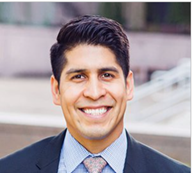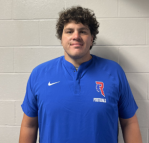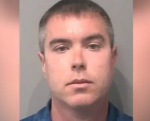
Rey Saldaña is the President and CEO of Communities In Schools, communitiesinschools.org/
INDIANAPOLIS –An organization called Communities in Schools (CIS) has launched a back-to-school initiative to improve graduation rates and create jobs in Indiana. CIS provides funding and resources to 14 school districts in Indiana, including Indianapolis, and aims to expand partnerships statewide.
CIS recently received support from philanthropic partners, including $165 million from the Ballmer Group and $6 million from Blue Meridian Partners.
Rey Saldaña, the CEO and President of CIS, expressed his hope that additional Indiana districts will collaborate with CIS.
“This [funding] allows us to go to our Indiana schools and our partners inside those schools who have been scratching their heads wondering when reinforcements were coming in to support students that were coming in with challenges that they may not have the time or capacity to deal with,” he said.
Many CIS Hoosier partners are asking the organization to expand its services to other schools and districts to support children facing homelessness, addiction at home, or other learning obstacles.
“We’re trying to answer that call for many of the Indiana schools who are trying to find new ways to connect with students, build relationships, ensure nothing is standing in their way of success,” Saldaña said. “The way we are funded, the way one of our site coordinators from Communities In Schools who is on the school campus, the way that we pay for their salary is a public-private partnership.”
He added that Hoosiers are fund-raising along with CIS in many cases to support districts that encounter budget shortfalls. Decatur Township Schools, Lawrence Township School District, and Lafayette School Corporation have previously partnered with CIS.
“For the students that we work with, we’ve got a pretty good track record of ensuring that students are staying in school,” he said. “Ninety-five percent of the students we are working with graduate high school. Those are the kind of impacts that are important for us because we follow the statistics of what works, and that points us to the students that need our support.”
“We believe that before a student can get turned on to learning, they have to get turned on to living, and that is the hard part,” he added. “We want to grow to expand that need in that hard area whether a student is struggling academically in school or having challenges at home.”













